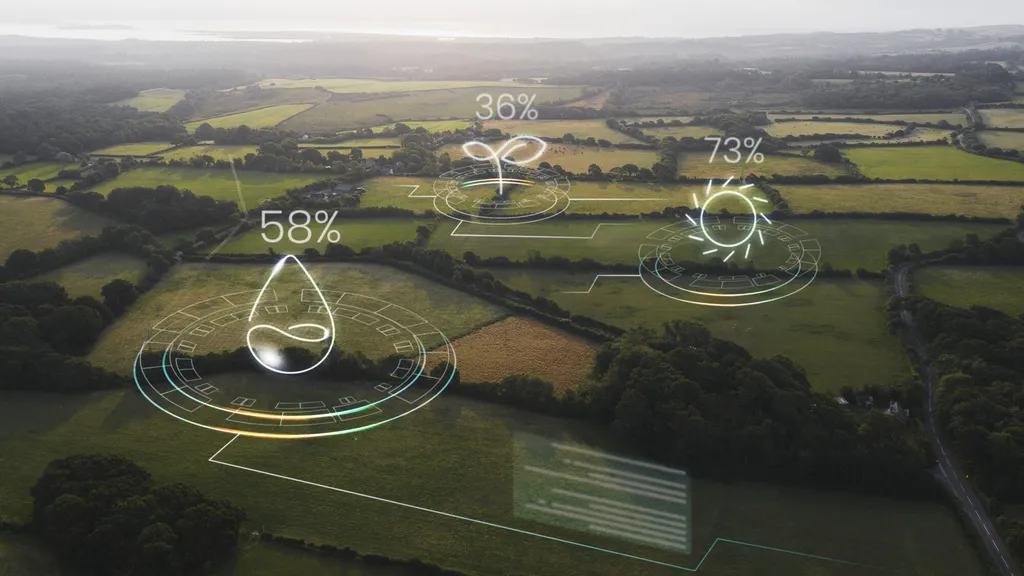As the world grapples with a burgeoning population, climate change, and dwindling agricultural resources, traditional farming methods are under immense pressure. By 2050, global food production must surge by 70% to meet demand, driving the rise of “Agriculture 4.0.” This modern approach integrates technologies like the Internet of Things (IoT), artificial intelligence (AI), unmanned aerial vehicles (UAVs), and robotics into precision agriculture to boost efficiency and sustainability. However, these technologies often operate in isolation, leading to data silos and operational disconnects.
A recent review published in Frontiers of Agricultural Science and Engineering suggests that augmented reality (AR) technology could bridge these gaps. Professor Lauren Genith Isaza Domínguez and colleagues from Universidad de Los Llanos in Colombia propose that AR could serve as a “central interface” to unify IoT, UAVs, agricultural robots, edge computing, and AI, creating a responsive, data-driven smart agricultural system.
AR technology overlays digital information onto the real-world farm environment, providing farmers with real-time data through smart glasses or mobile devices. For instance, when UAVs or ground sensors detect crop anomalies, the AR interface can guide farmers to the problem area. Edge AI then performs image analysis and offers specific recommendations, whether manual intervention or deploying agricultural machinery.
Currently, AR technology is being applied in various agricultural scenarios, such as fertilizer and water management, pest and disease identification, crop harvesting, and agricultural machinery maintenance. An AR-integrated strawberry harvesting system, for example, can visually identify ripe fruits and mark them in real time, achieving a 93% success rate. Similarly, an AR-based irrigation system can combine sensor data with machine learning models to dynamically adjust irrigation schedules, reducing water waste.
The integration of AR with UAVs has also revolutionized large-scale farm monitoring. Through the AR interface, farmers can view crop health status, soil variability, or pest and disease distribution on images captured by UAVs, even conducting multi-user collaborative diagnostics to enhance decision-making efficiency.
Despite these advancements, the article highlights several challenges. These include insufficient real-time data processing capabilities, limited adaptability of AI models in real-world environments, and the lack of unified communication standards between heterogeneous devices. Additionally, the stability of gesture-based AR interaction in complex field environments, the technical framework for multi-UAV collaborative operations, and the development of low-cost AR solutions for resource-constrained regions are critical areas needing focused breakthroughs.
To address these issues, the authors propose several future development directions. These include building low-latency data pipelines, developing explainable AI interaction interfaces, advancing collaborative control between UAV swarms and AR, designing lightweight edge AI models, and enhancing data privacy protection through federated learning.
The review emphasizes that AR should be seen not just as an independent visualization tool but as an integrated interface connecting on-site agricultural sensing, analysis, decision-making, and execution. As related technologies mature and integrated solutions are verified, AR is poised to help farmers worldwide—especially resource-limited smallholder farmers—implement smart agriculture with lower thresholds and higher efficiency. This could be a game-changer for global food security, making precision agriculture more accessible and effective in the face of growing challenges.

